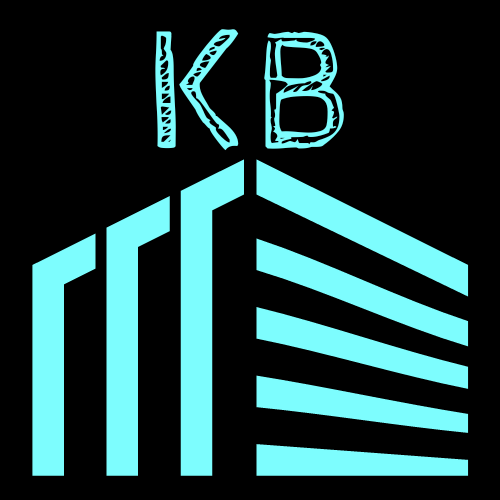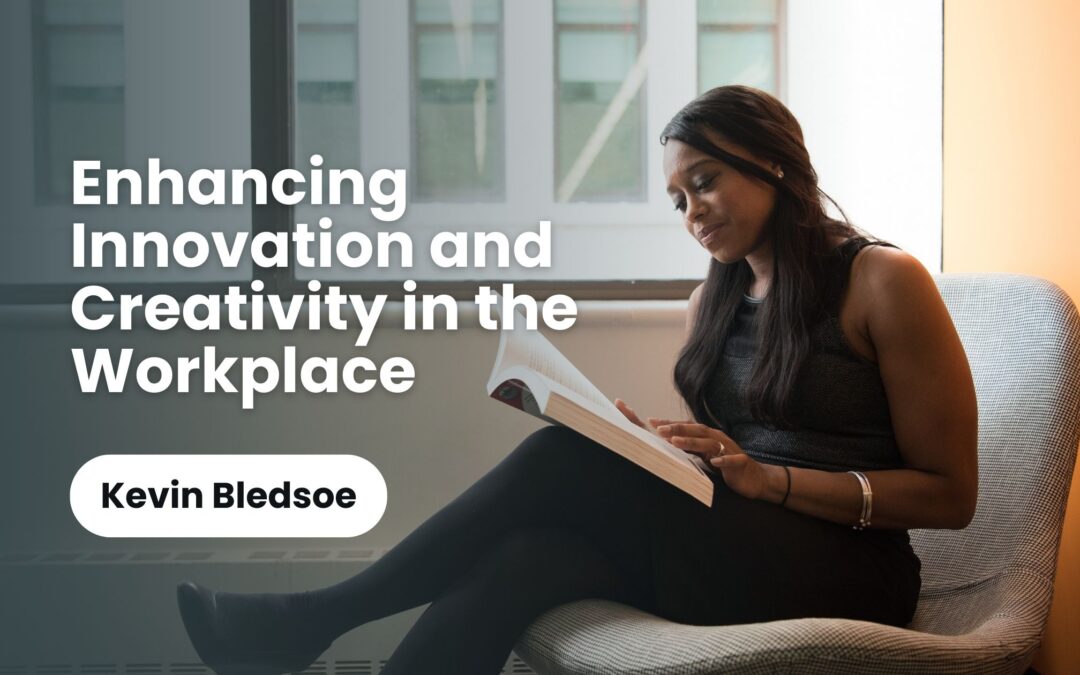Innovation and creativity are essential for organizations to stay competitive and thrive. They are the driving forces behind breakthrough products, efficient processes, and strategic problem-solving. However, fostering a workplace culture of innovation and creativity requires deliberate effort and supportive environments.
Foster a Culture of Psychological Safety:
Psychological safety is a critical factor in promoting innovation and creativity. When employees feel safe to take risks, share ideas, and express their opinions without fear of negative consequences, they are more likely to contribute their unique perspectives and insights. Leaders should encourage open communication, actively listen to their team members, and create an environment where diverse viewpoints are valued and respected. By nurturing psychological safety, organizations can unlock the full potential of their workforce.
Encourage Collaboration and Cross-functional Teams:
Collaboration can be a powerful catalyst for innovation. Encouraging employees to collaborate in cross-functional teams allows for exchanging diverse skills, knowledge, and perspectives. When individuals from different departments or backgrounds collaborate, they bring a range of ideas and experiences to the table, sparking creativity and problem-solving. Organizations should promote collaboration by establishing shared goals, providing resources for team projects, and creating spaces facilitating informal interactions and idea-sharing.
Provide Time and Resources for Exploration:
Innovation and creativity require time for exploration and experimentation. Unfortunately, many employees are overwhelmed by daily tasks and deadlines, leaving little room for innovative thinking. To overcome this challenge, organizations should allocate dedicated time and resources for employees to pursue creative projects, conduct research, or explore new ideas. By providing employees with the necessary support and flexibility, companies can tap into their intrinsic motivation and enable them to think outside the box.
Embrace a Growth Mindset:
A growth mindset, as coined by psychologist Carol Dweck, is the belief that skills and abilities can be developed through dedication and hard work. Cultivating a growth mindset in the workplace encourages employees to embrace challenges, learn from failures, and continuously improve. Leaders can foster a growth mindset by providing constructive feedback, recognizing effort and progress, and reframing setbacks as learning opportunities. By promoting a growth mindset, organizations create an environment that supports innovation and encourages employees to push their boundaries.
Encourage Diverse Perspectives and Inclusion:
Diversity and inclusion are essential for driving innovation and creativity. Research consistently shows that diverse teams outperform homogeneous teams in problem-solving and decision-making. Organizations can tap into a rich pool of ideas and foster creative thinking by encouraging diverse perspectives and actively seeking out individuals with different backgrounds, experiences, and skills. Inclusive environments also enable employees to feel valued and empowered, leading to higher engagement and productivity.
Enhancing innovation and creativity in the workplace requires commitment and effort from leaders and employees. Organizations can unlock the full creative potential of their workforce by fostering a culture of psychological safety, promoting collaboration, providing time and resources for exploration, embracing a growth mindset, and encouraging diverse perspectives and inclusion. In doing so, they position themselves to adapt to change, capitalize on new opportunities, and thrive in an increasingly competitive business landscape. By nurturing innovation and creativity, companies can create a sustainable advantage that propels them toward future success.

